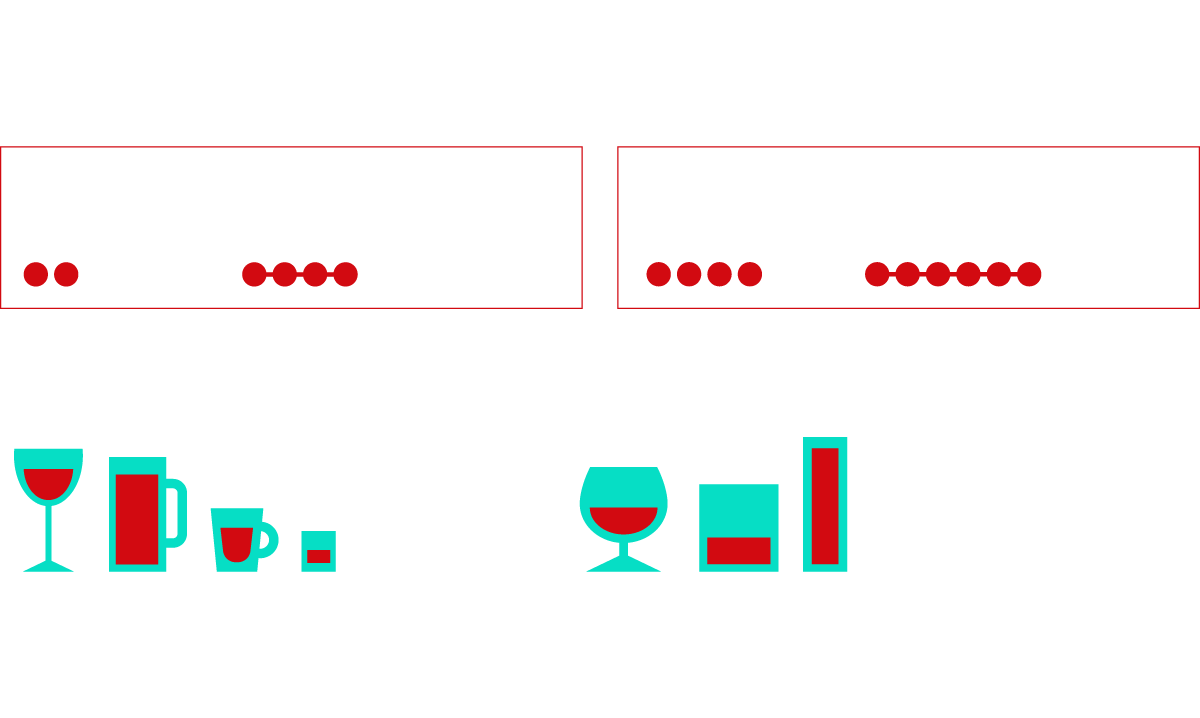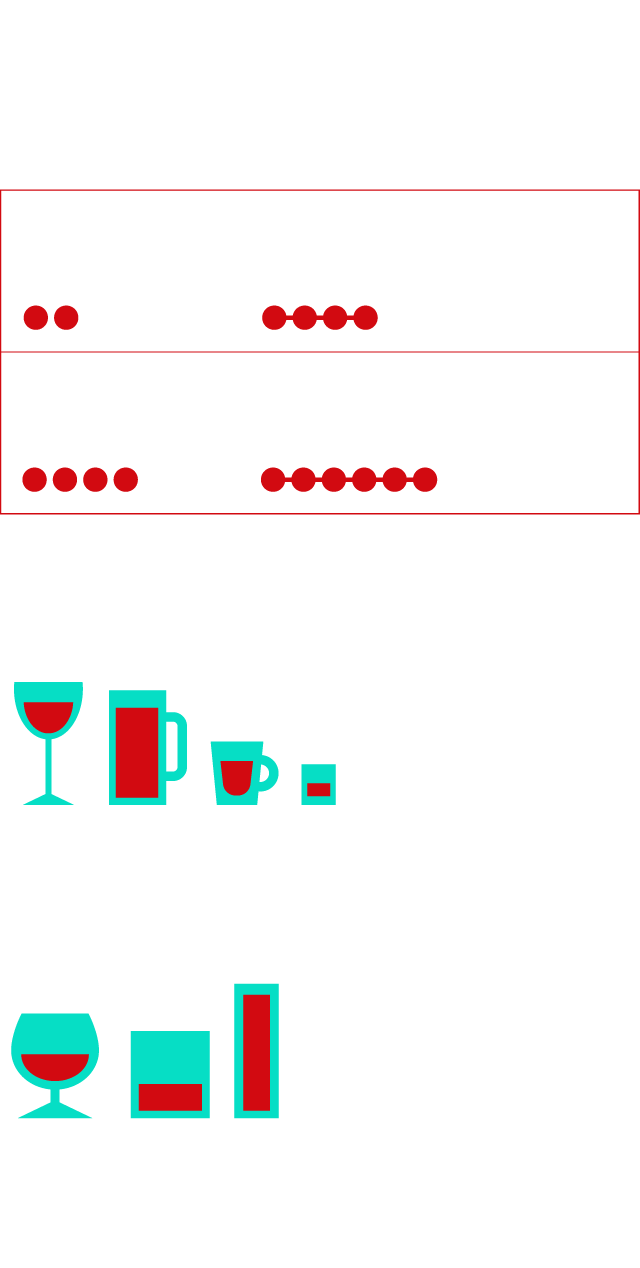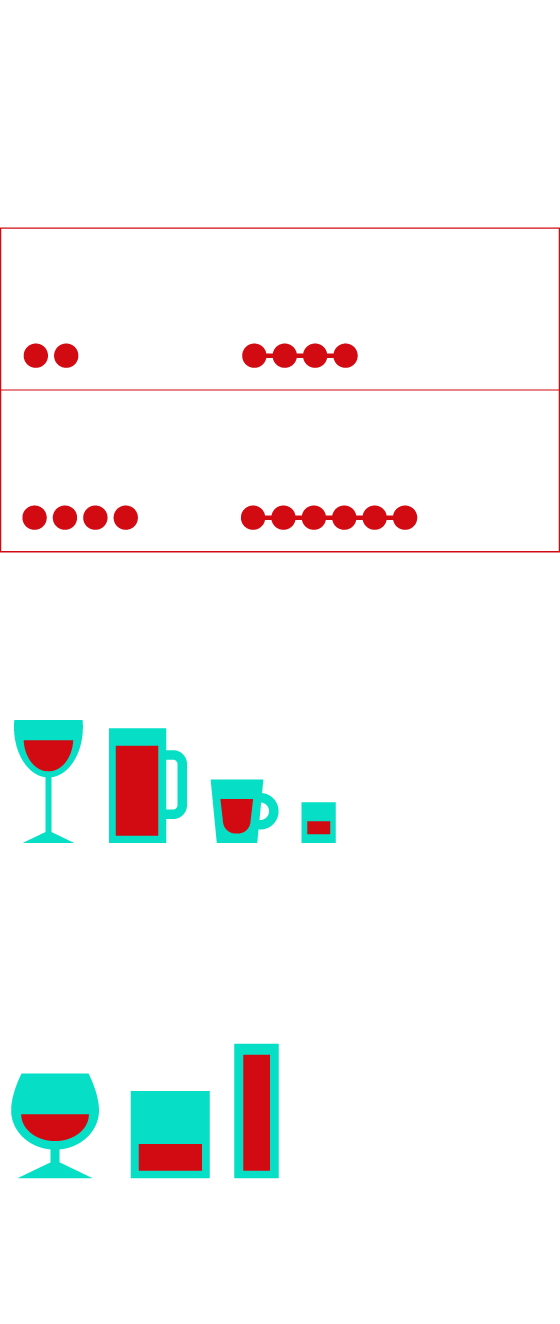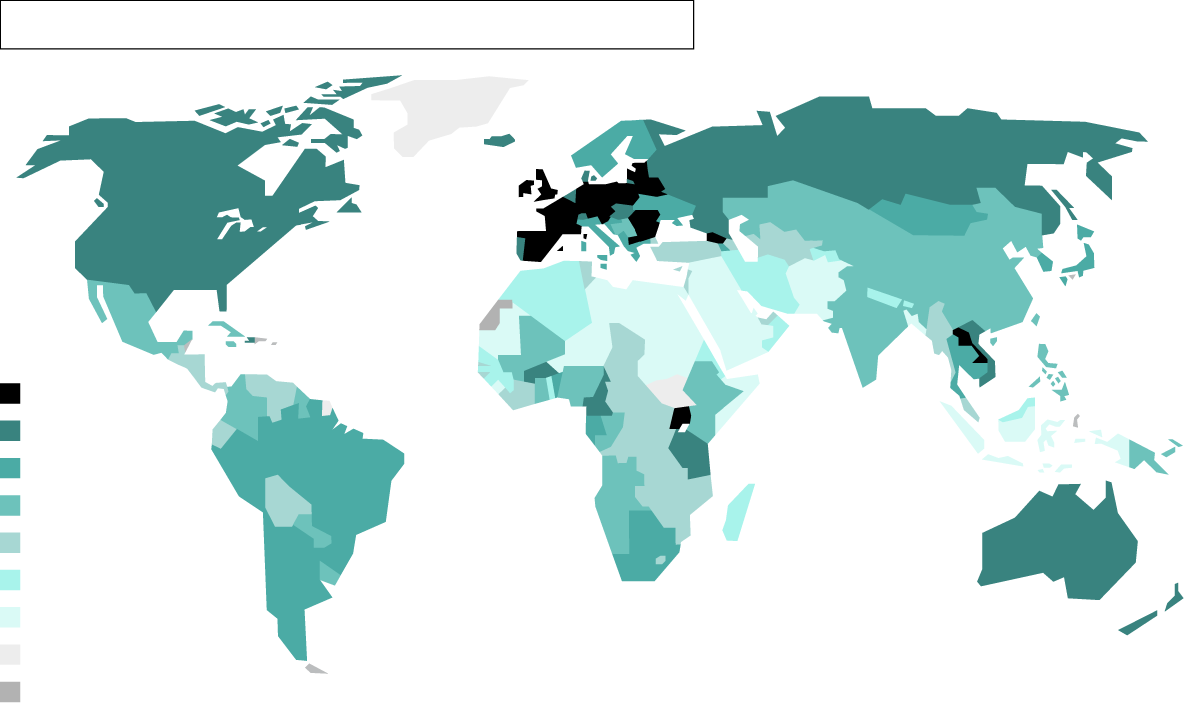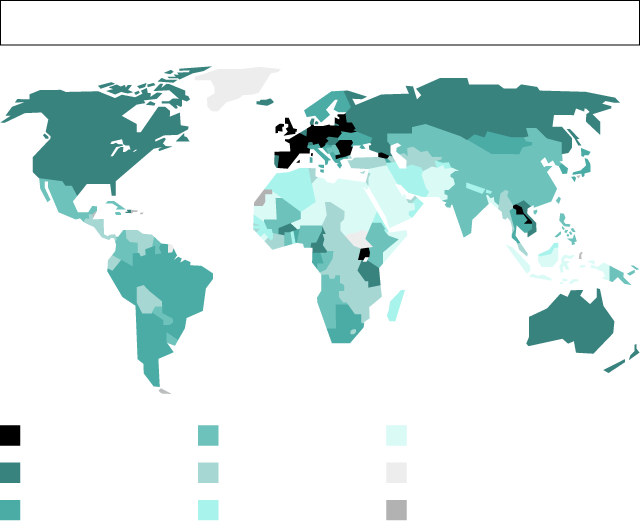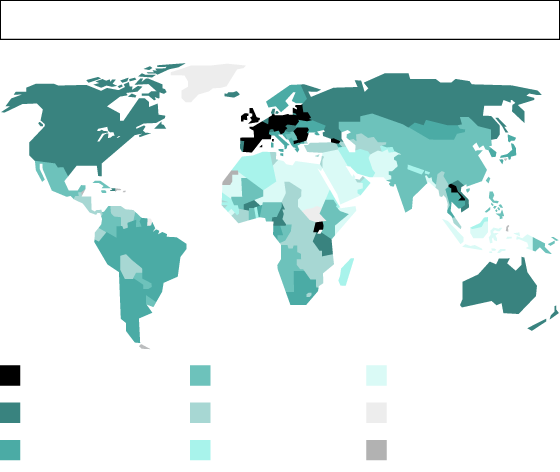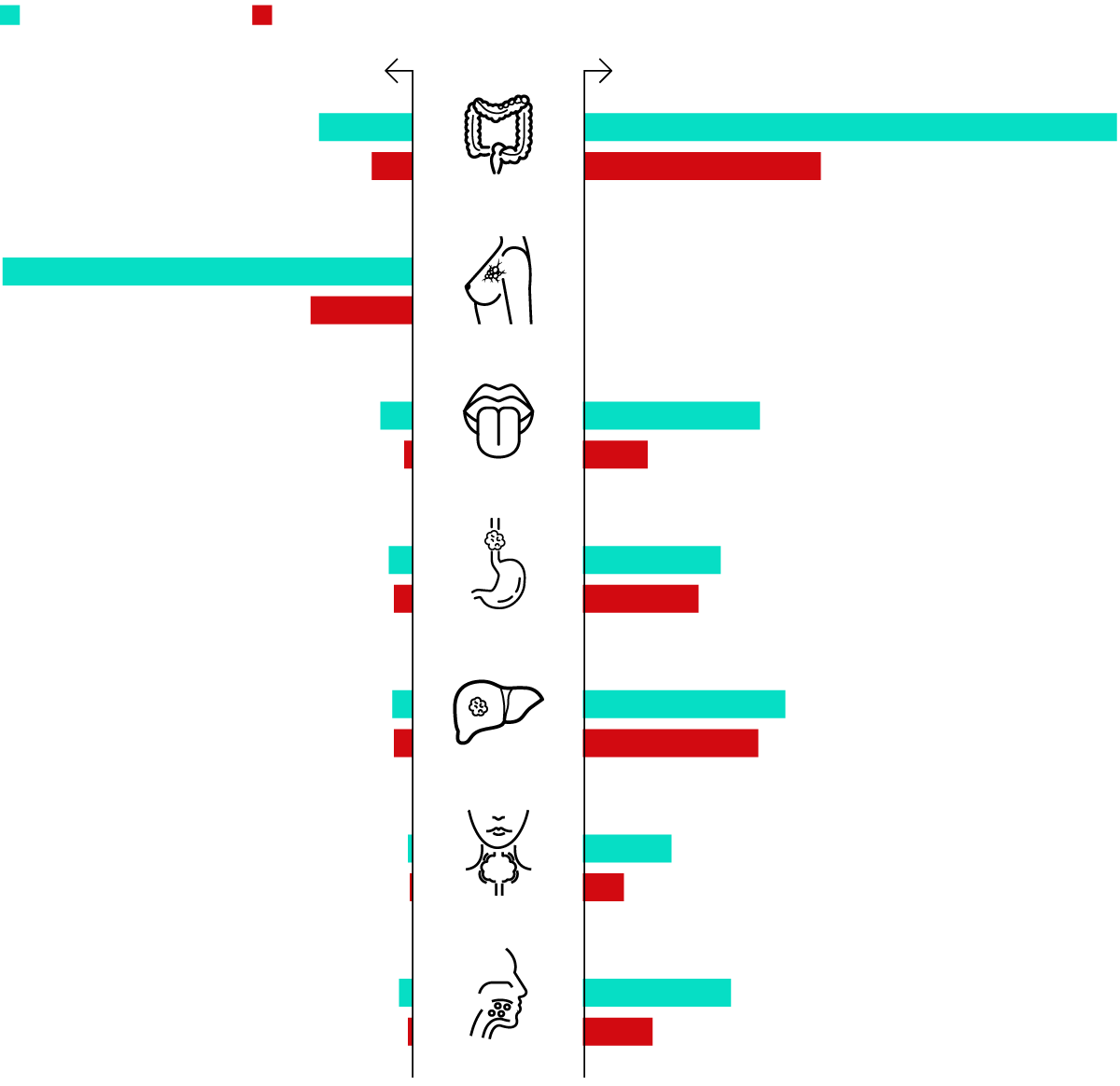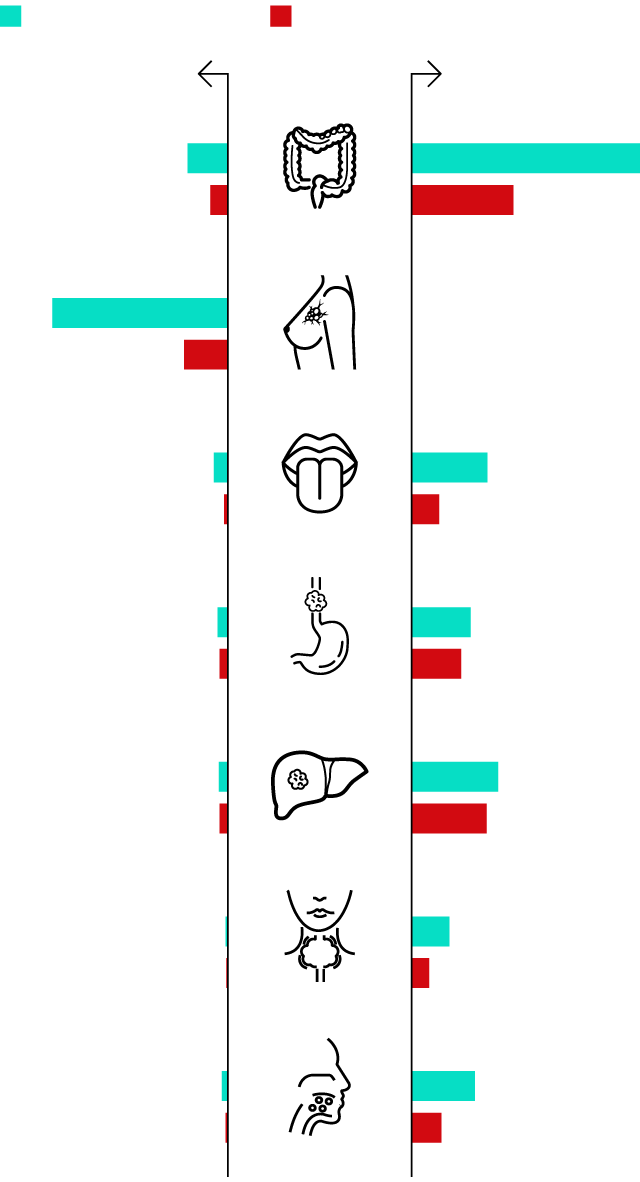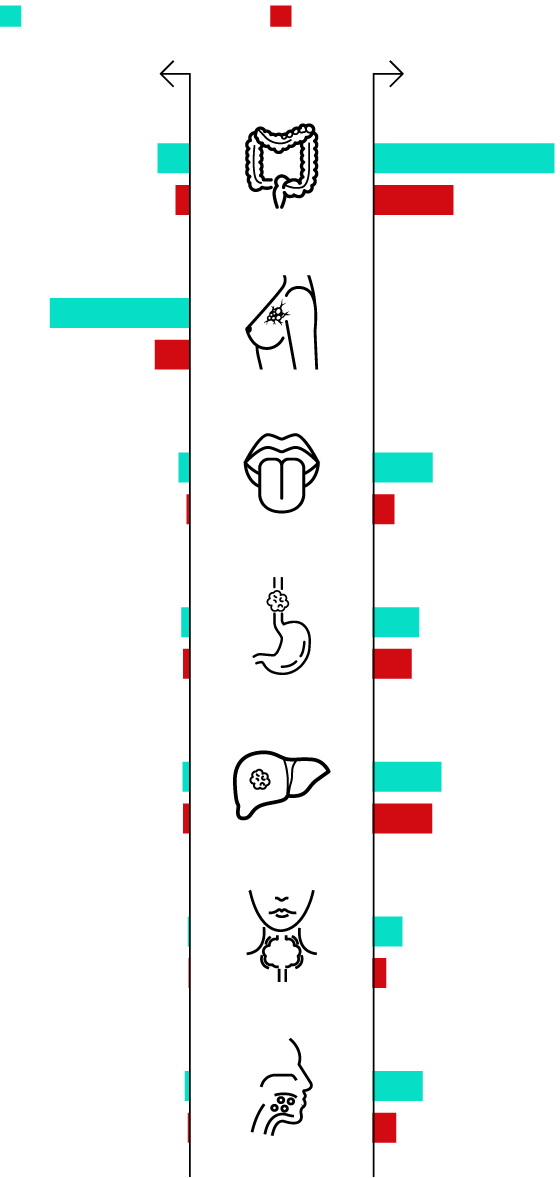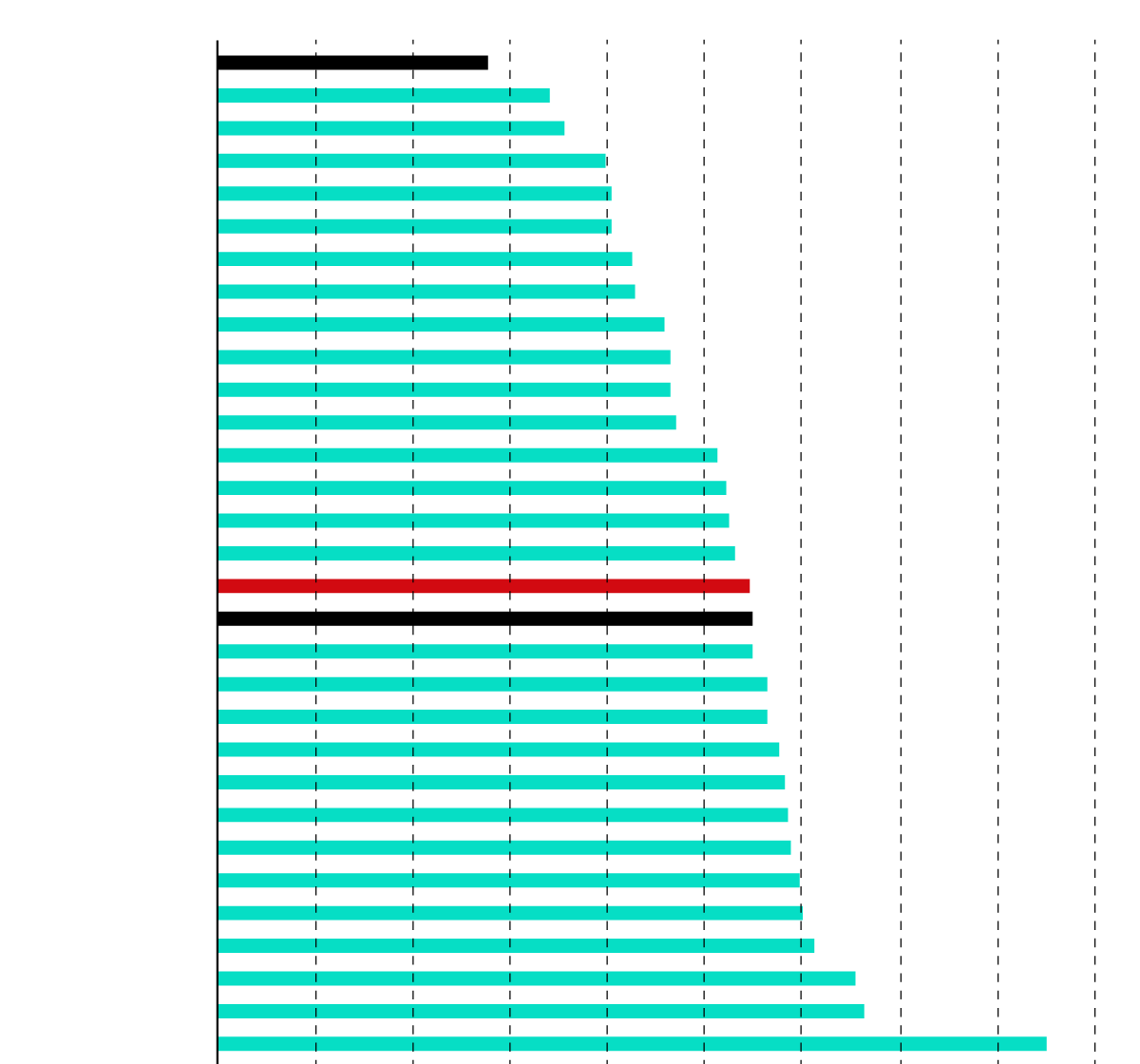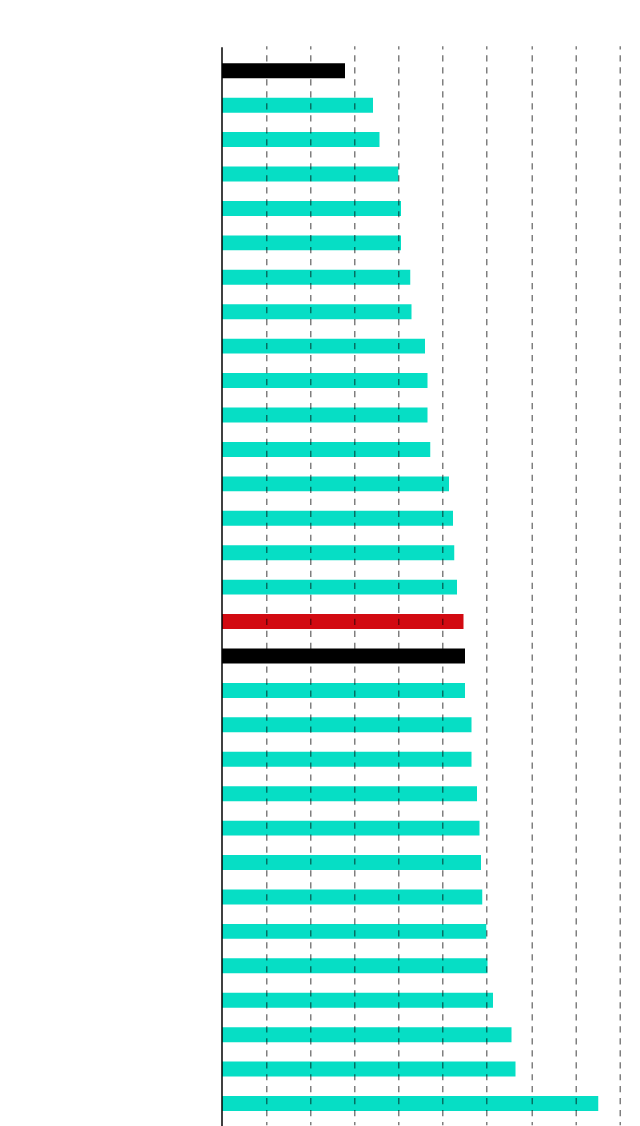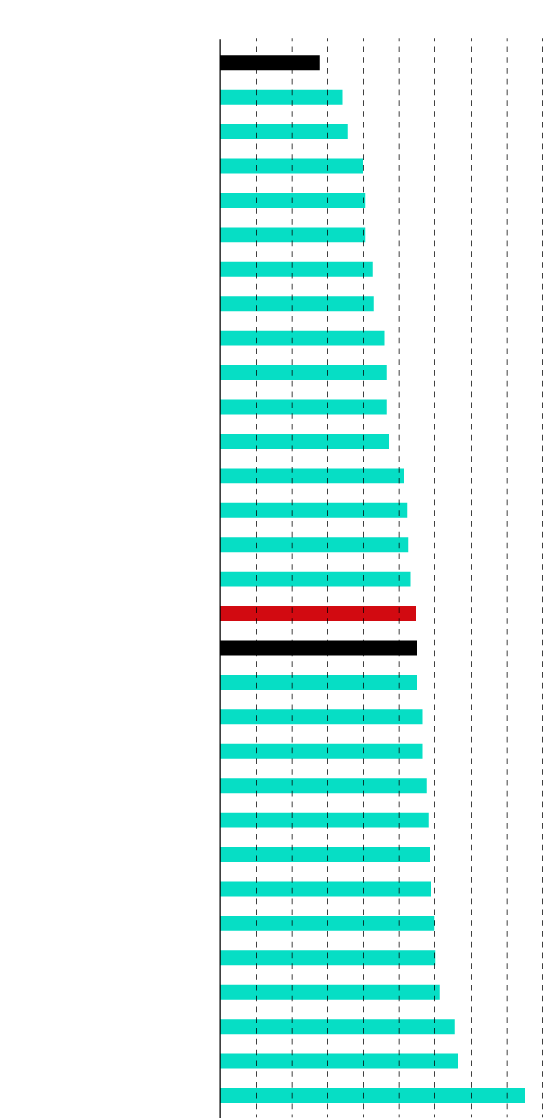"Alcohol is the only EU product that does not carry a composition label"
The World Health Organization urges European countries to take measures to warn about the harms of alcohol


Barcelona"Alcoholic beverages are the only product in the European Union that does not bear a label specifying its composition," said Florence Berteletti, secretary general of Eurocare, a European alliance of more than fifty entities – many of them scientific – that aims to promote alcohol policies that protect citizens of the European Union. "A small cheese producer in a remote village in Spain or France meets this requirement. Why don't alcohol producers?" insists Berteletti. And it is true. The label on a simple bottle of water contains more information than that on a bottle of whisky.
In 2015, the European Parliament already urged the community executive to take measures to include information on the labels of alcoholic beverages sold in the EU about the ingredients used in their production and their caloric content. Ten years later, nothing has been done.
The secretary general of Eurocare attributes this to pressure from the alcohol producers' lobby and the many economic interests at stake. A lobby that, he says, is "very aggressive" in the Spanish case: "They often meet with European politicians, invite them to wineries, and insist that alcohol is part of culture and tradition. Politicians should not listen to producers, but to doctors and scientists." And, in fact, doctors and scientists are unanimous: they all agree that alcohol is more harmful than we think.
A devastating report
In February, the World Health Organization (WHO) published a devastating report warning that alcohol causes cancer even in small quantities, and urged the European Union to take "urgent measures" to ensure that alcoholic beverage labels include warnings to this effect. After that, the consumer can do what he wants: he can drink or not, but at least he can be informed.
"The European Union is the region of the world where the most alcohol is consumed […]. In 2019, the average per capita alcohol consumption among people over 15 years of age was 11 liters of pure alcohol, twice the world average," the report also says literally. Alcohol health warning labels: public health perspective for Europe (Alcohol warning labels: a public health perspective). Eleven liters of pure alcohol is equivalent to 275 beers or more than 91 bottles of wine.
In fact, "the International Agency for Research on Cancer (IARC) classifies ethanol, which is the main component of alcoholic beverages, as a level 1 carcinogen. That is, it includes it in the same category as uranium or any radioactive element of the Society, Alcoholism and Other Drug Addictions (Socidrogalcohol), which is one of the many entities that are part of Eurocare. "This does not mean that alcohol is as bad as uranium. What this means is that if it is classified in the same category, we are sure that it causes cancer," he clarifies.
Pharynx, larynx, liver, esophagus, oral cavity and especially colon and rectal cancer in men, and breast cancer in women, according to the WHO. "Even with an average consumption of a single alcoholic drink a day, there is a significant increase in the risk of breast cancer in women," says the report of this organization. Something that, by the way, is unknown to the majority of the population, he adds. People continue with the (mistaken) idea that a glass of wine a day is good for health. "A belief that is based on outdated studies with significant methodological deficiencies and often funded by the alcohol industry itself or by related foundations," warns Dr. López.
In countries such as the United States, Mexico, Australia, New Zealand, South Korea, Russia and Israel, alcoholic beverage labels indicate that they are harmful to health. In contrast, in the European Union, only three countries require the inclusion of some type of warning on these products: in Germany, the label on alcoholic beverages warns that their consumption is harmful to minors, and in France and Lithuania it recommends not drinking during pregnancy. The warning pictogram, however, is so extremely small that most consumers do not even notice it is there, the WHO points out. Some bottles have a QR code to obtain additional information about the product, but few consumers consult it, according to a survey carried out by the WHO itself.
Ireland, the only country that has taken measures
The only country in the European Union that has taken a step forward in warning the population about the harms of alcohol is Ireland, which has approved a regulation so that all alcoholic beverages sold in its territory must carry a label indicating that alcohol causes cancer and liver disease, and that its consumption is harmful during pregnancy. However, the regulation has not yet been implemented: it will come into force on May 22, 2026.
Norway is considering following the Irish example, but is only studying it for the moment. In fact, the Nordic countries are the most advanced in the EU when it comes to alcohol restrictions. In all of them, except Denmark, the State has a monopoly on the sale of alcoholic beverages with the aim of limiting their consumption and minimizing health problems in the population. And the result is clear: these countries are where the least alcohol is consumed in the European Union, although traditionally they were where the most was drunk, according to the study. Nordic alcohol monopolies, published by WHO in January.
In Sweden, for example, the shops of the state-owned company Systembolaget sell all drinks with an alcohol content of more than 3.5%, i.e. from beer and wine to champagne and, of course, all spirits. They have limited opening hours – at weekends they are only open on Saturday mornings, and on weekdays until eight in the evening at the latest – they are prohibited from selling to people under 20 or visibly intoxicated people, and they do not have refrigerators to keep drinks cool in order to discourage consumption. In addition, importers and producers of alcohol in Sweden must pay a specific tax based on the alcohol's alcohol content: the higher the alcohol content, the more they must pay. This makes alcoholic drinks particularly expensive. For example, 67% of the price of spirits is tax and 52% of beer.
"It is scientifically documented that public policies that reduce alcohol consumption and its consequences are to make the product more expensive, reduce its accessibility and eliminate advertising," says the vice president of Socidrogalcohol. In other words, do the same with tobacco.
"It was also thought impossible to limit the tobacco industry before, but that was done. I am convinced that the same trend will continue with alcohol," says Oihan Iturbide, a clinical biologist and editor of Yonki Books who has researched this issue. Proof of this, he points out, is that young people are drinking less and less and that the alcohol industry is losing market share in the United States.
"In the United States, THC drinks are already being sold, which is a psychoactive molecule of cannabis. In Spain, THC is not legal, but the opening of shops with marijuana leaves has begun to become normal, which comes at a time when the low population is not the molecule." THC will go and will end up replacing alcohol in our societies," he predicts.
Test developed by the World Health Organization
1. How often do you drink alcohol?
(0) never (1) once or less a month (2) 2 to 4 times a month (3) 2 to 3 times a week (4) 4 or more times a week.
2. How many alcoholic beverages do you usually drink on a day when you drink?
(0) 1 or 2 (1) 3 or 4 (2) 5 or 6 (3) 7 to 9 (4) 10 or more.
3. How often do you have six or more alcoholic drinks in a single day?
(0) never (l) less than once a month (2) monthly (3) weekly (4) daily or almost every day.
4. How often during the past year have you found that you could not stop drinking once you started?
(0) never (1) less than once a month (2) monthly (3) weekly (4) daily or almost every day.
5. How often during the last year have you been unable to carry out your normal activities because you were drinking?
(0) never (1) less than once a month (2) monthly (3) weekly (4) daily or almost every day.
6. How often during the past year have you needed to drink on an empty stomach in the morning to recover from drinking heavily the night before?
(0) never (1) less than once a month (2) monthly (3) weekly (4) daily or almost every day.
7. How often during the past year have you had remorse or feelings of guilt after drinking?
(0) never (1) less than once a month (2) monthly (3) weekly (4) daily or almost every day.
8. How often during the past year have you been unable to remember what happened the night before because you had been drinking?
(0) never (1) less than once a month (2) monthly (3) weekly (4) daily or almost every day.
9. Has he or she hurt you because he or she was drinking or has he or she hurt a third person?
(0) no (2) yes, but not in the last year (4) yes, in the last year.
10. Has any family member, friend, doctor or health care professional been concerned about your alcohol consumption or suggested that you stop drinking?
(0) no (2) yes, but not in the last year (4) yes, in the last year.
Cut-off points:
Woman: 6 to 13 points = high-risk drinker.
Men: 8 to 13 points = high-risk drinker.
Everyone: 13 or more points = harmful use; 20 or more points = possible physical dependence on alcohol.

